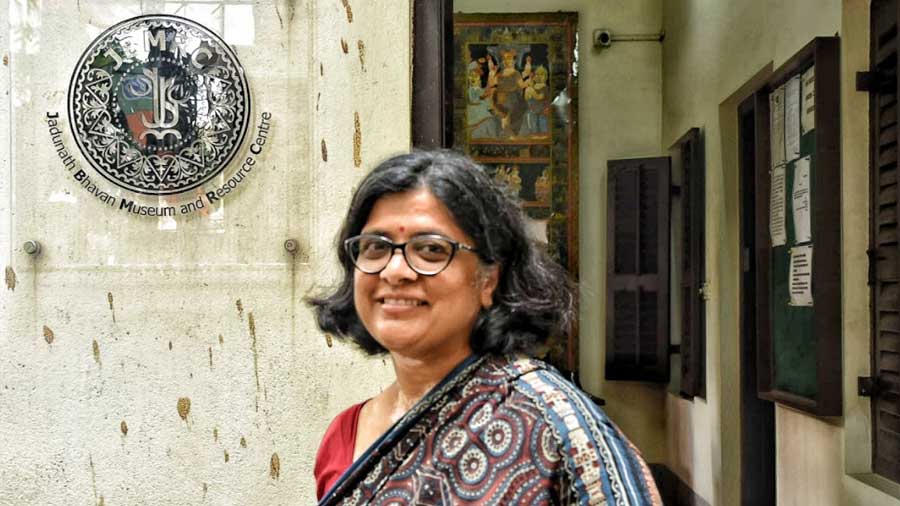“It was the institutional murder of Rohit Vemula, and the last written note he left behind, that left a deep imprint on my mind,” recalls Maroona Murmu, professor of history at Jadavpur University and the first Adivasi professor teaching social sciences at a university in Bengal.
Vemula’s death was a turning point for Maroona. It emboldened her further, she says, to talk about the myth of a casteless Bengal. Which she did, armed with facts and figures. In seminars, lectures and on social media.
“The moment I started to talk about caste, I was sidelined,” she tells My Kolkata.
The floodgates of hatred and trolling were opened after she wrote a newspaper article in 2018. Casteism, she wrote, was being brushed under the carpet.
The backlash, Maroona says, was debilitating — from being attacked by a student, to being called a “meritless Adivasi” to hashtags against her in social media.
Yet, Maroona didn’t give up in her fight.
“My colleagues at Jadavpur University stood by me,” she says. “The students’ association also stood by me.”
Growing up as the daughter of Shelley Murmu, a “Bengali Hindu” woman, and Gurucharan Murmu, a Santhal man from Belpahari in Medinipore (also the first Santhal IPS officer in India), there were many moments that stumped Maroona and left her looking for answers.
From being asked if she belonged to a Scheduled Tribe by a schoolteacher to her father explaining why it is important for her to stand by her ethnicity and apply for an ST certificate to an academic asking her to stay away from high culture and not do research on Hindustani classical music, barriers have appeared before her at every front in her life, she says.
Standing by the women of Hingalganj
Always an active participant in civil society movements, Maroona took up a project after 2018 that took her to Hingalganj in Sunderbans, a place with 66 per cent Scheduled Class and 7 per cent Scheduled Tribe population.
“I was looking at the education of Adivasis and their dropping out of schools,” Maroona says. “I realised that this is a monocrop region. These people don’t hold land and the economic opportunities are limited. So they are forced to move out to other places for work. The children stay back with their grandparents and finally drop out of their studies.”
Since the last three years, Maroona and her friends have stood by at least 5,000 families in this region.
Hingalganj, says this JNU-trained historian, is almost an extension of her fight against caste in other spaces. In this flood-affected, poverty-stricken place, Maroona and her friends have tried to create economically sustainable opportunities. Self-help groups have been trained to enable people to stand on their own economically.
“We look at this with much pride,” says Maroona, a single woman who stands by the women of Hingalganj and their families — groups that have been pushed to the margins. These families live near the riverbank, the only place they are allowed to be in, furthest from the world.
This year, the women of Hingalganj travelled all the way to Kolkata and held an exhibition of the products they make.
Where has the city stood with Maroona in her fight? “From making casual casteist remarks, I have seen individuals change,” she says. “People do become allies. But, frankly speaking, I have multiple social markers that get sickening responses. It’s tiring.”
This year, Maroona lost her mother, prompting her to immerse herself even more in her academic and social work.
“These two places. My academic life at Jadavpur University and work in Sunderbans sustain me,” she says.
